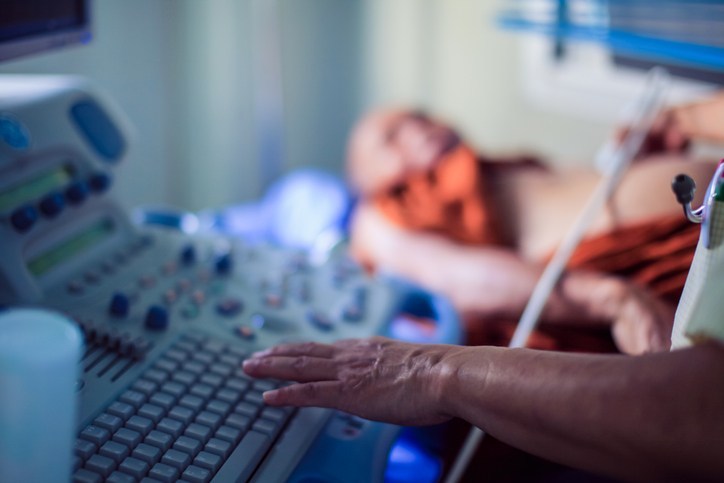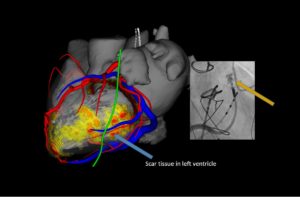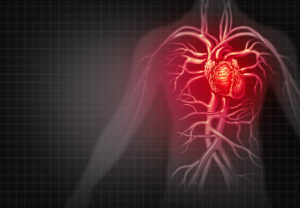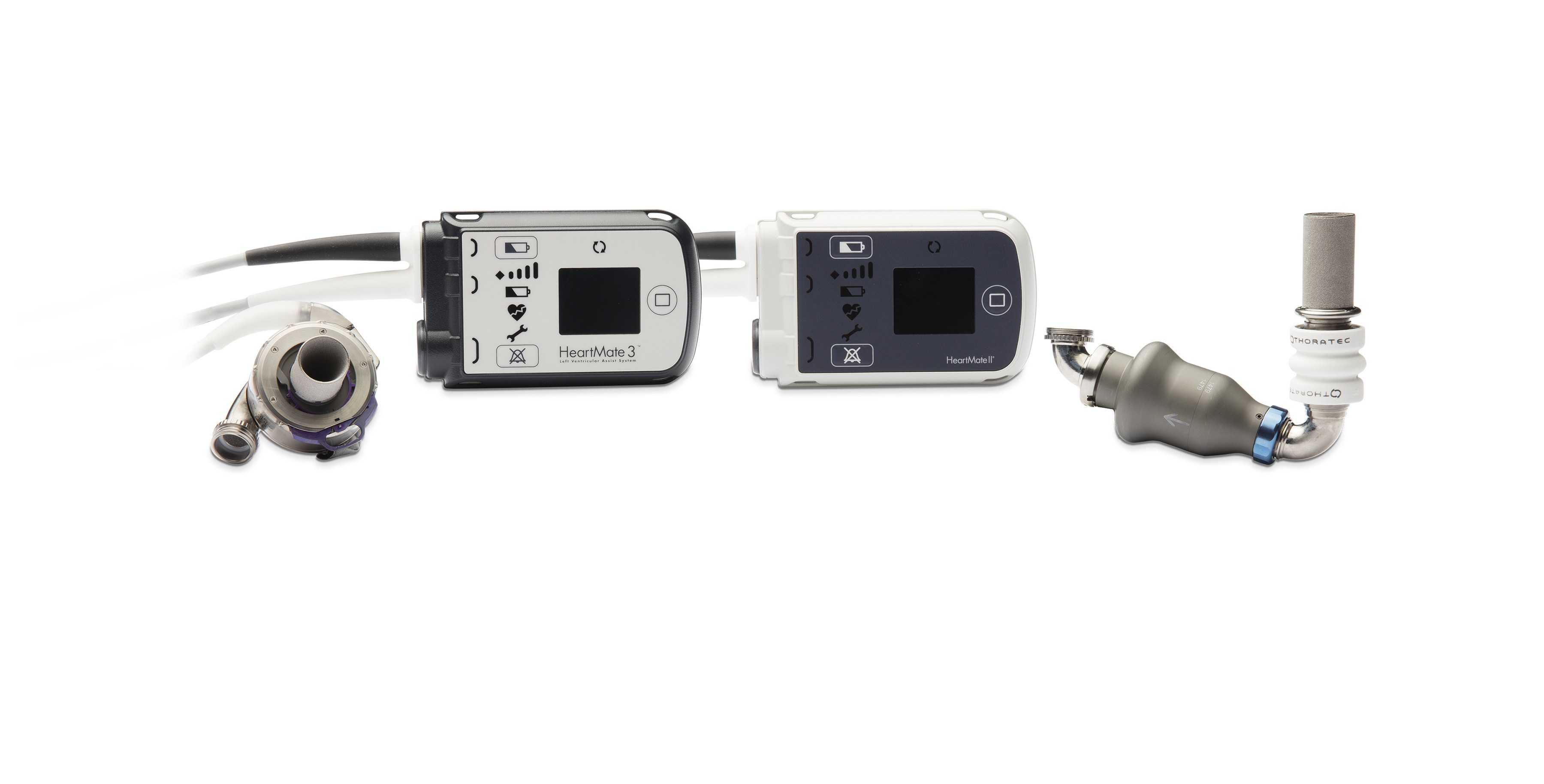 A new analysis seeks to answer the question of which patients are likely to gain the greatest cardiovascular benefit when treated with the anti-inflammatory agent canakinumab. At the 2017 American Heart Association Scientific Sessions, Paul M. Ridker, MD, director of the Center for Cardiovascular Disease Prevention at Brigham and Women’s Hospital, presented a pre-specified analysis on CANTOS (Canakinumab Anti-inflammatory Thrombosis Outcomes Study) that identifies a simple, clinical method to define patient groups most likely to benefit from long-term canakinumab treatment. The results of this analysis, published simultaneously in The Lancet, could have a major impact not only on patient selection and cost-effectiveness of canakinumab, but also on the future development of anti-inflammatory agents for cardiovascular disease. Read More
A new analysis seeks to answer the question of which patients are likely to gain the greatest cardiovascular benefit when treated with the anti-inflammatory agent canakinumab. At the 2017 American Heart Association Scientific Sessions, Paul M. Ridker, MD, director of the Center for Cardiovascular Disease Prevention at Brigham and Women’s Hospital, presented a pre-specified analysis on CANTOS (Canakinumab Anti-inflammatory Thrombosis Outcomes Study) that identifies a simple, clinical method to define patient groups most likely to benefit from long-term canakinumab treatment. The results of this analysis, published simultaneously in The Lancet, could have a major impact not only on patient selection and cost-effectiveness of canakinumab, but also on the future development of anti-inflammatory agents for cardiovascular disease. Read More
 All patients who undergo a cardiac procedure at the Aortic Disease Center are placed on a list. After discharge, these patients are systematically followed via a robust post-operative tracking system. Issues that crop up are spotted fast.
All patients who undergo a cardiac procedure at the Aortic Disease Center are placed on a list. After discharge, these patients are systematically followed via a robust post-operative tracking system. Issues that crop up are spotted fast. Catheter ablation has become an important therapy for patients with ventricular tachycardia (VT). However, it has been a challenge to access arrhythmia sources deep within the heart muscle with the use of conventional approaches.
Catheter ablation has become an important therapy for patients with ventricular tachycardia (VT). However, it has been a challenge to access arrhythmia sources deep within the heart muscle with the use of conventional approaches. Building on pioneering work performed during the first wave of heart-lung transplantation, Brigham and Women’s Hospital has resumed its heart-lung program and is once again performing the rare procedure.
Building on pioneering work performed during the first wave of heart-lung transplantation, Brigham and Women’s Hospital has resumed its heart-lung program and is once again performing the rare procedure. On November 10, 2018, the American Heart Association (AHA) held its annual Scientific Sessions meeting, featuring the latest advances from major cardiovascular trials with the potential to transform clinical practice. Investigators from the Brigham led some of the most highly anticipated trials and presented their results at the conference.
On November 10, 2018, the American Heart Association (AHA) held its annual Scientific Sessions meeting, featuring the latest advances from major cardiovascular trials with the potential to transform clinical practice. Investigators from the Brigham led some of the most highly anticipated trials and presented their results at the conference.


 The history of surgery for valvular heart disease at
The history of surgery for valvular heart disease at  A new analysis seeks to answer the question of which patients are likely to gain the greatest cardiovascular benefit when treated with the anti-inflammatory agent canakinumab. At the 2017 American Heart Association Scientific Sessions, Paul M. Ridker, MD, director of the Center for Cardiovascular Disease Prevention at
A new analysis seeks to answer the question of which patients are likely to gain the greatest cardiovascular benefit when treated with the anti-inflammatory agent canakinumab. At the 2017 American Heart Association Scientific Sessions, Paul M. Ridker, MD, director of the Center for Cardiovascular Disease Prevention at